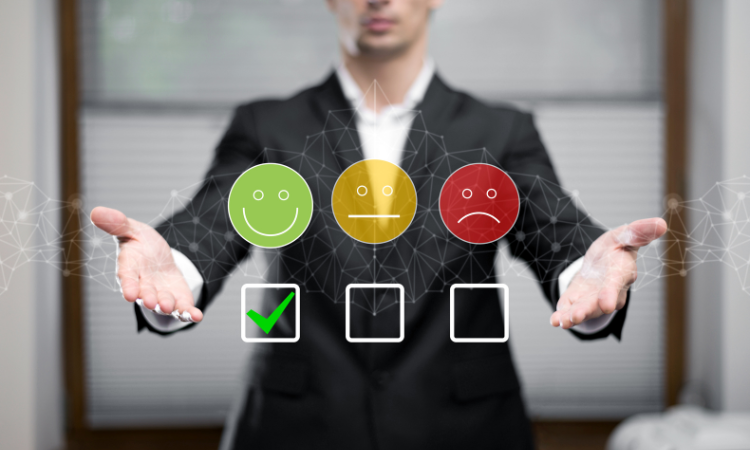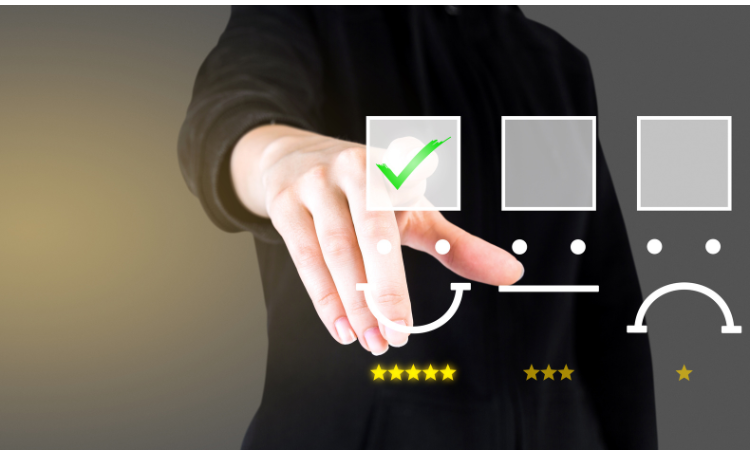A Product can be successful only when it is able to provide a great experience to its users. Product Experience is the most important aspect that users consider while making a decision of investing or reinvesting in a product. It is more important for the users than even price or product design. So when you develop a product, you have to think from the users’ perspective on how your product can satisfy their needs and fulfill their expectations.
Product Experience is a subset of User Experience, and is similar to it. The only difference between them is that Product Experience focuses solely on the product itself from beginning to end.
In this article, we will explore 15 types of Product Experiences that you should pay attention to while doing product business. Let’s start with defining Product Experience.
Measure Product Feedback & User Insights 💻
With Product Feedback Surveys, understand what users need and learn ways to delight your customers.

What is Product Experience?
Product Experience refers to what a product user or customer goes through while using a product. It is the overall experience from beginning to end including all aspects like onboarding with the product, learning to use the product, using it for the first time, facing bugs or issues, using the product on a regular basis, repurchasing subscriptions or reactivating the product, and all that in which a user experiences something related to the product.
Product Experience is the overall experience of all the aspects of the product and how the users perceive this experience. Users go through many types of experiences while using and dealing with the product, and all these types of experiences come under Product Experiences.
Let’s explore various types of experiences that a user goes through with the product.
Types of Product Experience
- Fit for Purpose
- Sensation
- Usability
- Learnability
- Personalization
- Stability
- Accessibility
- Risk
- Terms
- Usage
- Speed
- Convenience of Using
- Transitions and Integrations
- Control
- Undo
Let’s learn more about these experiences.
1. Fit for Purpose
This type of experience is related to the functions and features of the product. It focuses on whether and how much the product and its features function the way users wanted and serves the users’ purpose for which they signed up for the product.
2. Sensation
This type focuses on the users’ experience with the visuals, sound, light, vibrations, haptics, and other sensations with the product. The product should be intuitive with its visuals and interface to deliver a good sensation experience.
3. Usability
This type of experience refers to the worthiness of the product and how useful and pleasing it is for the users. This means that the users must feel good to use the product and it should actually help them in achieving their goals and prove to be useful for them.
4. Learnability
This experience refers to how learnable the product is for the users, i.e., how easy it is for the users to learn to use the product. This means the product should be not too complex for the users to learn and should not require them to spend much of their time and effort to learn using it.
5. Personalization
This experience refers to how a product can be personalized to meet the needs of the users and how it offers personalized functionality as per the users’ preferences. The product should be able to deliver personalized experiences to the users as per their preferences and requirements.
6. Stability
This refers to how stable and user-friendly the interface and product design is. It should have dynamic elements to make the product more intuitive and should allow better improvement and usage.
7. Accessibility
This type focuses on the accessibility of the product for a wider range of people. This means that the product should be accessible and useful for all, including specially abled people.
8. Risk
This experience refers to how safe a product is for the customers, including aspects of financial crime prevention, especially for products dealing with financial data or transactions. The product must be legal and safe to use for the customers. The product should have proper safety licenses and encryption to safeguard the customer data. There should be no information security threat that may cause any risk for the users.
9. Terms
This refers to the experience that customers have while accepting the terms and conditions of the product. This means that the terms and conditions of the product should be fair so that the customers can comfortably accept them.
10. Usage
This is the core experience of the users when they are actually exposed to the product, see it in action, and use it on a regular basis. For a product to be successful, it is essential that the users get good usage experiences.
11. Speed
The experience of the users with the product would be good if the product works speedily and smoothly for them. The experience focuses on how fast and responsive the product is.
12. Convenience of Using
This experience focuses on how convenient the product is to use at any place. For instance, whether a software works or doesn’t work where the internet connectivity is low or poor.
13. Transitions and Integrations
This experience focuses on how well the product expansion or upgrade goes and whether it has the capabilities to be integrated with other tools or apps.
14. Control
This experience focuses on how much control your users get on the product. The Automation and product suggestions should be useful for the users and at the same time, they should not override users’ wishes. Rather, the users should be able to override them as per their requirements.
15. Undo
This experience focuses on the touchpoint where the users have erroneously done something or selected some option in the product. How well the users are able to get their action undone comprises this experience.
Conclusion
Your product is the greatest asset when you are into the product business. But this asset is fruitful only when it is able to provide amazing experiences to its users. For ensuring an overall great Product Experience, it is necessary to work on all aspects of Product Experience and ensure a good Product Experience of all types.
Moreover, to know exactly how your product users are perceiving the experience they get with your product, it is important to measure Product Experience. You can do this easily with the help of an effective Product Experience tool like Zonka Feedback.
Zonka Feedback is one of the best Product Experience software and apps that helps you not only measure experience but also work on it to improve it, close the feedback loop and prevent churn. It also provides a Free Trial for 14 days so that you can try it before taking any membership plans to see how it works for you.



.png)







